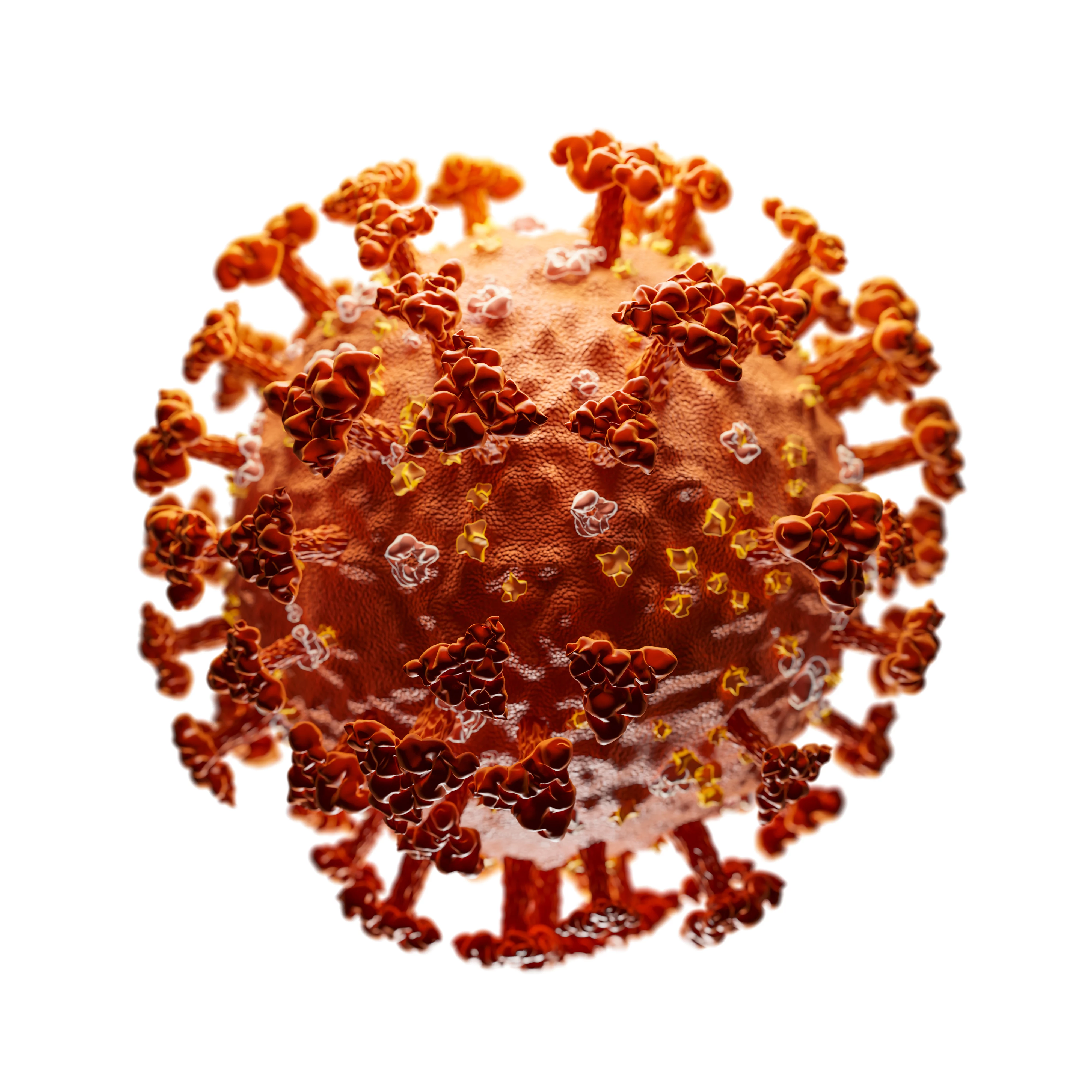Article
Heterogeneity in Risk of COVID-19–Related Death Identified Across Different Cancer Subtypes
Author(s):
February 5, 2021 - Significant heterogeneity was identified in risk of coronavirus disease 2019–related death in patients based on factors such as cancer subtype, age, sex, and in-patient proportion.

Significant heterogeneity was identified in risk of coronavirus disease 2019 (COVID-19)–related death in patients based on factors such as cancer subtype, age, sex, and in-patient proportion, according to a comprehensive meta-analysis from the Reboot: COVID-Cancer Project.
In a presentation on the findings of the analysis during the 2021 AACR Virtual Meeting on COVID-19 and Cancer, investigators identified a higher risk of COVID-19–related death in patients with hematologic malignancies versus solid malignancies.
Among patients with hematologic malignancies, COVID-19–related death was most likely to occur in those who had bone marrow failure syndromes followed by acute myeloid leukemia, plasma cell dyscrasias, lymphomas and mature B-cell neoplasms, and acute lymphoblastic leukemia. Moreover, among patients with solid malignancies, COVID-19–related death was most likely to occur in patients with lung cancer followed by prostate; central nervous system/brain; colorectal; bone, soft tissue, and pleura sarcomas; gynecologic; skin; and breast cancers.
“We did a meta-analysis to better understand the difference between hematologic and solid malignancies in terms of risk of death,” Catherine Del Vecchio Fitz, MS, PhD, co-founder and chief scientific officer at Reboot Rx, said during the presentation. “There were 6 studies with approximately 4900 patients that had both a solid malignancy and hematologic malignancy cohort reported internally. Comparing these, we found a significantly increased risk of death in hematologic malignancies compared with solid malignancies.”
Additionally, the meta-analysis revealed that the overall pooled risked of death was 25% (95% CI, 23-28) among patients with cancer. Age, sex, and percentage of hospitalization were other factors associated with a higher risk of death. Studies that featured patients with a median age of over 65 had 31% risk of death compared with 17% in studies with a median age of less than 65. Studies with a male population of more than 55% had a 31% risk of death compared to studies with a male population of less than 55% (19%). Lastly, studies where over 80% of patients were hospitalized had a 31% risk of death, while a hospitalization rate of a 50%-80% had a 24% risk of death and a hospitalization rate of less than 50% had a 16% risk of death.
“Studies that had a higher median age, a greater percentage of male patients, and a higher percentage of hospitalized patients had a higher risk of death compared to studies that had a lower median age, fewer male patients, or a lower percentage of inpatients,” said Del Vecchio Fitz.
The rationale for the Reboot: COVID-19 Cancer Project, which is a live resource with aggregated data on COVID-19 and cancer, was inspired by the higher risk of mortality that patients with cancer face, as well as the lack of comprehensive resources that can be utilized to aggregate and synthesize evidence regularly. The project gathered data on COVID-19–related mortality in 22 different cancer subtypes. The goals of the project are to help accelerate COVID-19 research, as well as to help inform decision-making.
Investigators pulled data from 270 published clinical studies and 162 registered clinical trials focusing on COVID-19 and patients with cancer to examine all-cause mortality. In order to gather data, investigators started by examining over 90,000 published studies related to COVID-19.
“Using targeted search queries, we were able to narrow this to about 40,000 articles that we deemed to be of clinical relevance,” explained Del Vecchio Fitz. “We used further querying along with some rules-based approaches to narrow in on approximately 3000 articles that involved cancer. However, many of these were not reporting outcomes for COVID-19, so we utilized additional rules with a lot of manual validation to pull out a set of studies that reported mortality outcomes, specifically across patients with cancer and COVID-19.”
Additionally, investigators compiled a second dataset examining cancer-related outcomes to COVID-19 treatments, though these data were not included in the presentation.
From there, investigators constructed an interactive dashboard that allowed them to view the data. The dashboard informs users as to the number of studies that are currently in the database along with the total number of patients included in the studies, and unadjusted, raw case fatality rates.
“We also extracted several variables from these studies where available. For example, the study type, the median or mean patient age, the percentage of male patients, the percentage of hospitalized patients, the tissue or cancer subtype if available, and the study location,” Del Vecchio Fitz said
In order to select studies for the meta-analysis, investigators initially identified records through database searching (n = 3380) and other sources (n = 2). From there, investigators removed duplicates and screened records, removing any studies that did not report outcomes on patients with COVID-19 and cancer. After this, studies were accessed for eligibility (n = 270), with case studies, observation studies with less than 25 patients, studies with known pediatric patients, and studies with duplicate patient counts being excluded. Investigators were left with 83 studies in qualitative synthesis, which included 24,144 patients with both cancer and COVID-19. A total of 24 studies were included in the meta-analysis.
Additional findings examined whether patients with cancer had a higher risk of COVID-19–related death compared with patients who do not have cancer. After selecting several studies with an internal control consisting of a non-cancer cohort, investigators identified a high-risk of death in patients who had cancer. In examining the impact of chemotherapy on risk of death, investigators consider 10 studies with 7700 patients with cancer that reported chemotherapy-specific outcomes. Investigators observed that treatment with chemotherapy did not result in an increased risk of COVID-19–related death.
“Although we were able to conduct some very robust analyses with the available data, many of the clinical data were not provided in a way to allow analysis of subgroups, even when such information was described in a study,” Del Vecchio Fitz concluded.
Reference
Del Vecchio Fritz C. Comprehensive meta-analysis of COVID-19 mortality rates for 22 cancer subtypes from the Reboot: COVID-Cancer Project, an interactive resource with aggregated data from 21,839 cancer patients. Presented at: 2021 AACR Virtual Meeting: COVID-19 and Cancer; February 3-5, 2021; Virtual.
Latest Conference Coverage

IDE397 Shows Early Antitumor Activity, Safety in MTAP-Deletion Urothelial Cancer and NSCLC

RVU120 Shows Early Promise in R/R Metastatic or Advanced Solid Tumors

The WEE1 Inhibitor APR-1051 Shows Early Safety and Tolerability in Advanced, Mutated Solid Tumors

TYRA-300 Is Safe, Generates Preliminary Antitumor Activity in FGFR3+ Metastatic Urothelial Cancer
2 Commerce Drive
Cranbury, NJ 08512





